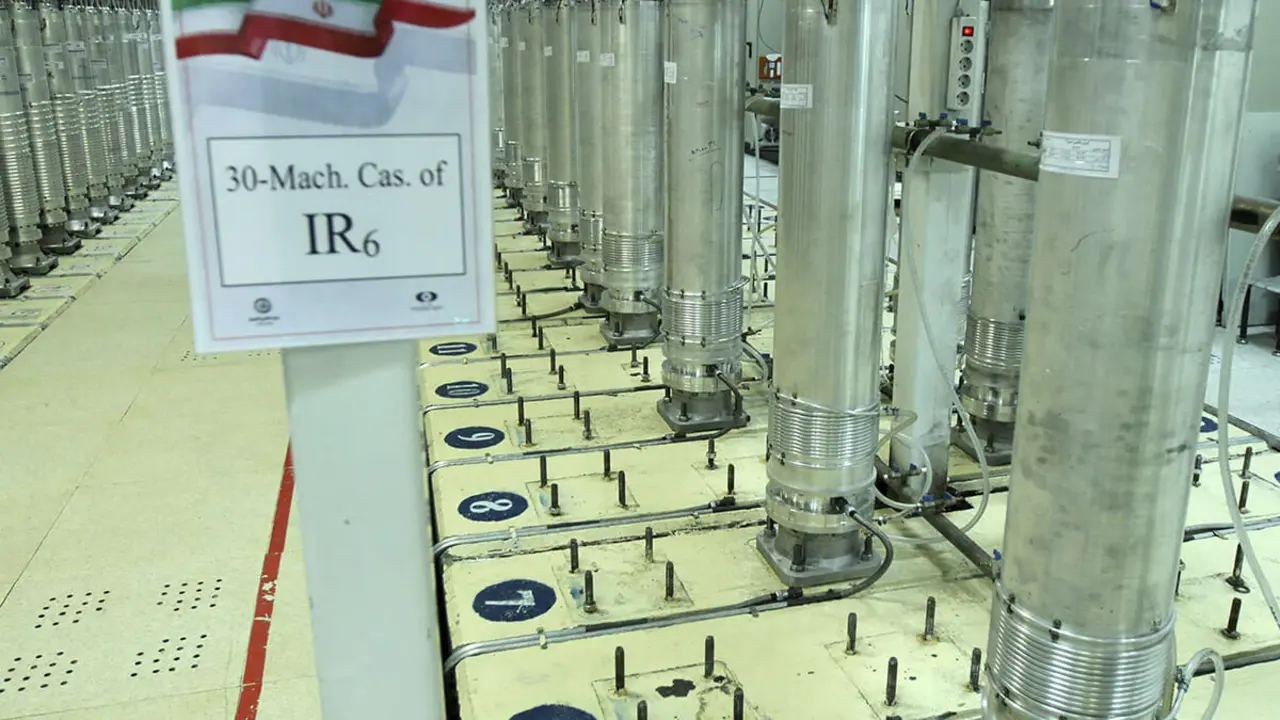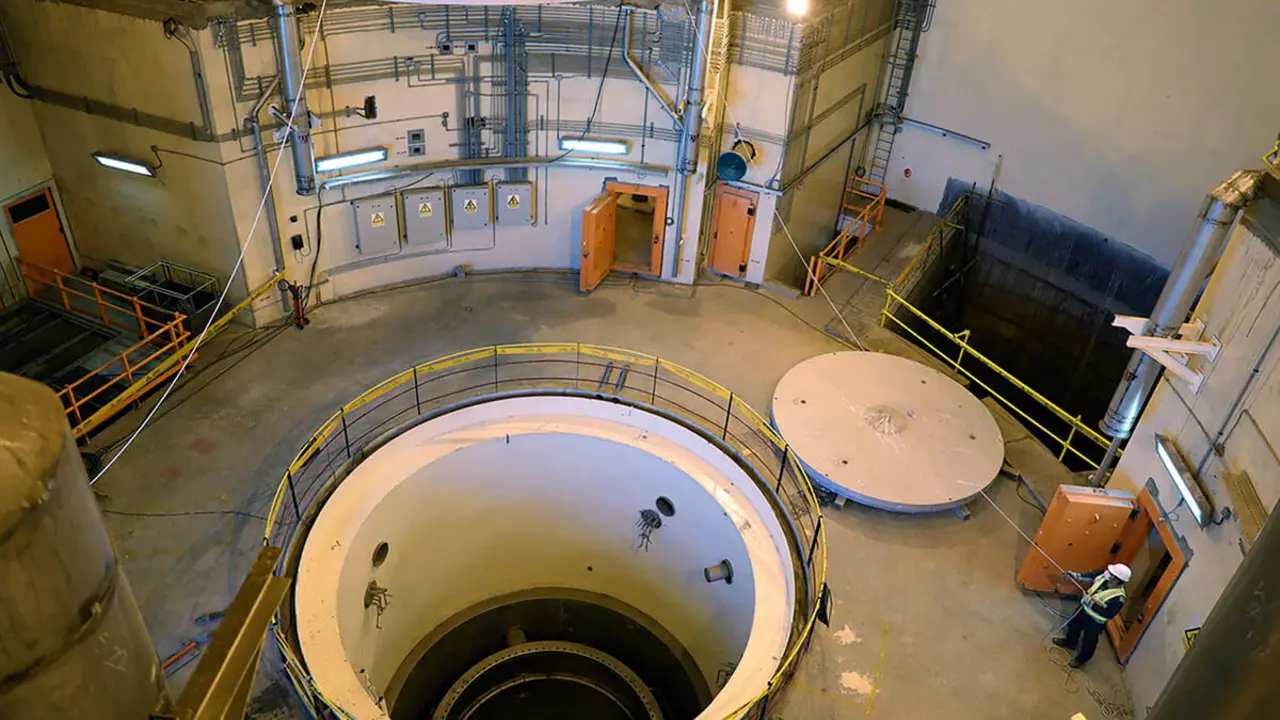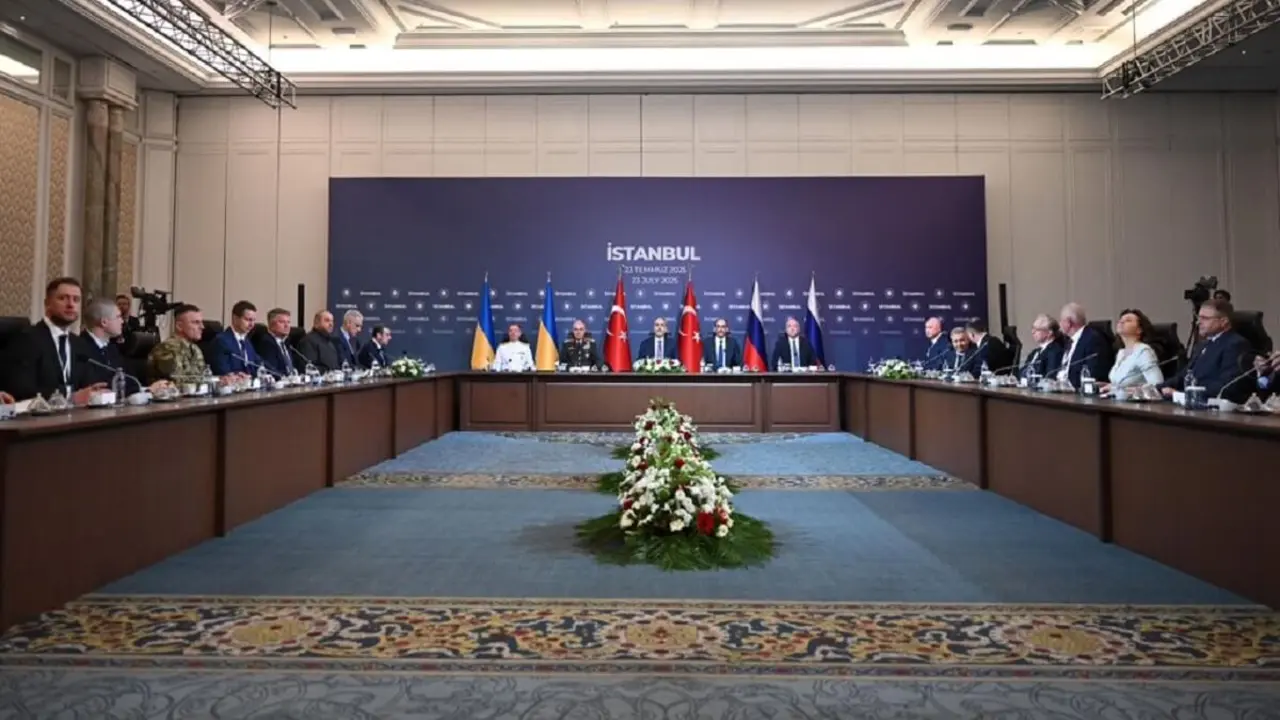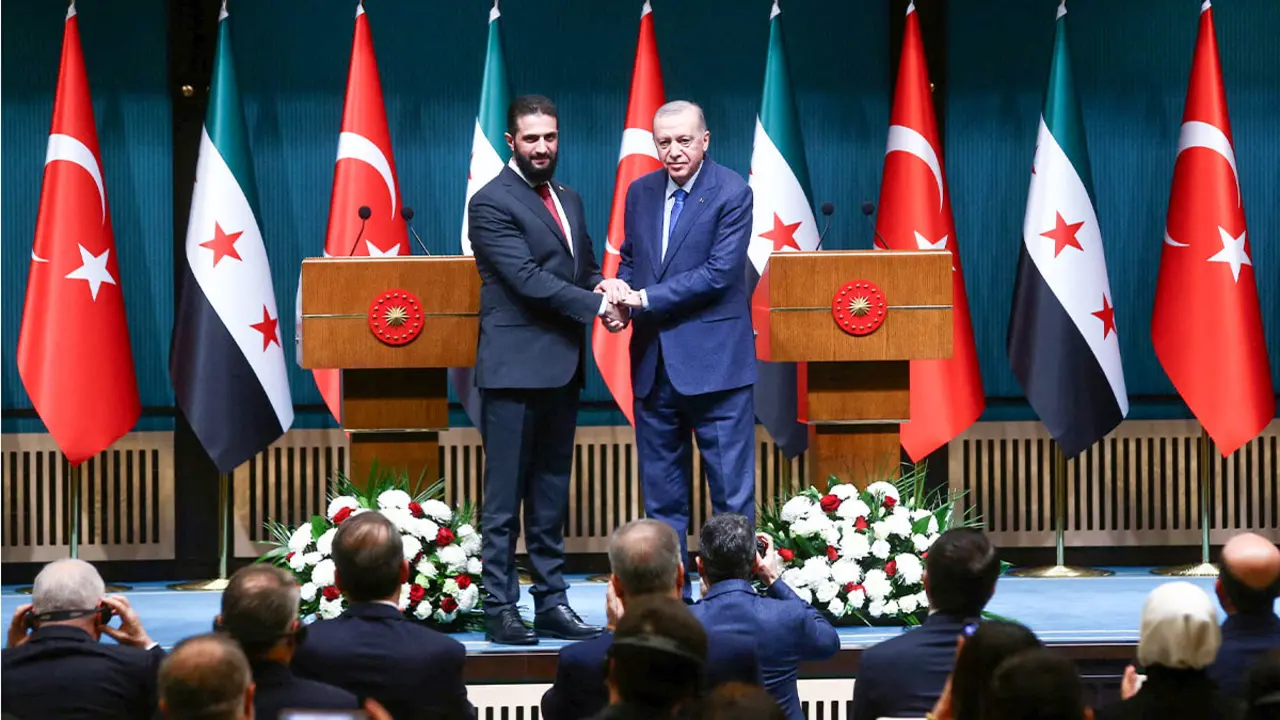The pulse for a new world

Containing the rise of China was one of the obsessions of outgoing US President Donald Trump, whose protectionist policies will have to be gauged by his successor, Joe Biden, as Beijing moves forward with its campaign to extend its networks of influence, particularly in the developing countries.
Although Biden could cooperate with China on fronts abandoned by Trump such as combating the climate crisis and the non-proliferation of nuclear weapons, it is unlikely that he will simply shelve the trade war his predecessor launched over two years ago.
At the centre of the tension between the two powers is furthermore a struggle for technological superiority, with a booming China and the United States plunged into an "existential crisis" owing to its obligation to share the cake with the Asian giant, agree the experts consulted by Efe news agency.
What is certain is that China will not move an inch from its strategy, which is to seek a dominant position in international markets. Its objectives include importing everything it needs - it is a relatively poor country in terms of natural resources - and exporting the surpluses it can no longer absorb.
And its tactics in Asia and the Pacific, including Latin America, are working. "It is China that is putting new ideas on the table, it is China that is leading the debate. The United States, more than anything else, is reacting," sums up Robert Daly, who heads the Kissinger Institute on China and the US at the Wilson Center.
Punishments and threats have been Washington's main weapons in the Trump era, with powerful tariffs on Chinese products, harsh accusations against Beijing over the impact of the COVID-19 and an aggressive campaign in emerging markets to stop them from negotiating with China, especially in the case of the 5G networks.
"The problem is that (in the US) we have been complaining, we have not been winning. We have not provided options (alternatives to emerging countries), in fact we simply tell everyone: don't play with the Chinese, because they are bad. That's not good enough," explains Daly.
While Trump was pulling the United States back from the rest of the world, China made a move and in November signed the Regional Comprehensive Economic Partnership (RCEP), the largest free trade agreement in the world. The pact includes Japan, South Korea, Australia, New Zealand and the ten countries of the Association of Southeast Asian Nations (ASEAN).

"The RCEP is the direct consequence of Trump's protectionism," sinologist Daniel Méndez, author of the book "136: el plan de China en América Latina" (in english '136: China's plan in Latin America'), told Efe. He believes that "it is another step in China's consolidation as the economic and commercial centre of Asia, displacing not only the United States but other regional powers".
The treaty, he says, is a victory for China, "the largest economy in the region, which also has very strong commercial and production chains". In return "it has had to give in and will have to open up its economy, which will create opportunities for the rest".
However, there are nuances: for the American Daly, the RCEP "is a trade agreement with fairly low standards" that does not significantly address e-commerce, intellectual property or environmental protections.
Instead of joining that treaty - the U.S. should have trade agreements with ASEAN countries first - the consensus in Washington is that the Biden administration should push for another pact, one that has "more cumulative weight" than the RCEP.
The clearest way would be to join The Comprehensive and Progressive Agreement for Trans-Pacific Partnership (CPTPP), the pact signed by eleven Pacific countries when the US withdrew from the TPP (Trans-Pacific Partnership) it had negotiated with them.
But the political winds in Washington are blowing against any trade agreement, and Biden has hinted that he will not look beyond his borders until he manages to revitalise the US infrastructure and the competitiveness of its workers.
"That may take five or ten years, and we can't wait that long. China, meanwhile, is taking action," Daly argues.
Trump's withdrawal from the TPP also undermined the United States in Latin America, where China has gained ground through energy and infrastructure investment projects while securing supplies of copper, soya or oil.
"It takes advantage of the fact that there are few American companies competing in fields such as infrastructure," explains Méndez.
In addition, "China has filled a gap in lending money", making it an option for many of the plans these countries need. However, he warns that not only does he charge interest rates, but he also often sets conditions such as that projects are carried out by Chinese companies and that construction materials are imported from China.
For its part, the United States has warned the Latin American countries that they are entering into "debt traps" with China, and that if the region enters into Beijing's orbit it will become involved in "dependence, debt and corruption", in the words of outgoing Secretary of State Mike Pompeo.
Although the Chinese academic Xu Shicheng states that these accusations are "unfounded", it is true that some Chinese projects in the region have been cancelled or suspended.
"Some, such as the Nicaragua Canal or the Brazil-Peru bioceanic train, are announced with great fanfare and are never completed. They end up falling through due to lack of funding or opposition from local populations," Méndez said.
Nevertheless, China, with its huge domestic market, is already the largest trading partner of several South American countries, which does not prevent "US investments from continuing to be transformative in the region," stresses Margaret Myers, an expert on Asia and Latin America at the Inter-American Dialogue.
However, under Trump, "US policy in Latin America has revolved around China", she adds. Beyond the hard line on Cuba and Venezuela, the big initiative for the continent has been "America Grows", a "somewhat disorganised" response to the Chinese New Silk Roads.
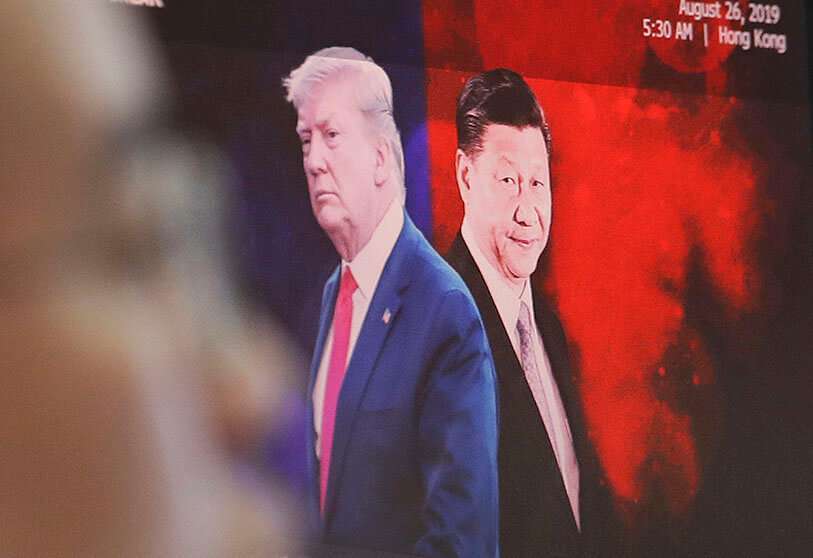
The greatest tension this year was in the technological field as a result of Washington's crusade against Chinese companies such as Huawei, which it considers a danger to its security owing to its alleged links with the Asian country's intelligence.
This suspicion has led the United States to put pressure on other countries not to include it in the companies developing 5G, and the conflict is being played out in Latin America.
"The case of Huawei is significant: the ban imposed in May 2020 undoubtedly damages its interests worldwide, since the impossibility of updating the operating system (Android) or using some US apps discourages the purchase of its devices," Méndez says.
He adds that the affordable prices of Chinese products are very attractive to Latin American consumers, and that in recent years the brand has been in the 'top 3' of mobile phone sales in countries such as Mexico, Colombia and Peru.
"That position is now at risk," he said, before predicting that "it is to be expected that countries that are politically closer to the United States, such as Mexico or Colombia, will be more likely to pass legislation that will harm Huawei, while others with better relations with China, such as Peru, may be closer to reaching agreements.
In the long term, Myers foresees "disastrous effects on the strength of bilateral relations between the US and the Latin American and Caribbean countries, which at this stage are frankly fed up with the way Washington forces, in some cases, not to negotiate with Beijing".
What the Pacific countries want is a balance between the two superpowers, "so as not to be crushed between the two or squeezed by one of them", concludes Murray Hiebert of the Centre for Strategic and International Studies.

